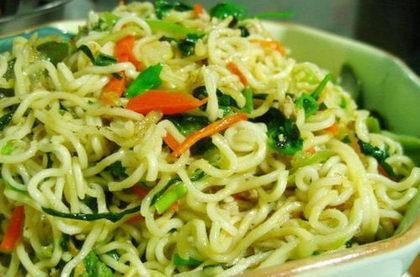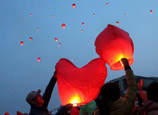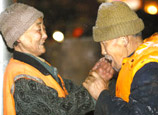
 |
| (Photo/ china.org.cn) |
Edited and translated by Gao Yinan, People's Daily Online
The Laba Festival is a traditional Chinese festival celebrated on the eighth day of the twelfth month of the lunar Chinese calendar. In China, it is customary on this day to have Laba Congee and make pickled garlic in vinegar.
After Buddhism spread to China during the 1st century AD, the festival was used as commemoration of Gautama Buddha's enlightenment.
The Laba Festival had not been on a fixed day until the Southern and Northern dynasties, when it was influenced by Buddhism and got a fixed time on the eighth day of the twelfth month.
Before the Qin Dynasty, Laba festival was a celebration of the new harvest. In the Qing dynasty, ceremonies for the Laba festival were held in the Yonghe Temple in Beijing.
Laba Congee for the imperial court were made of various mixed grains, dried red dates, longan, chestnuts, peanuts, water caltrop, walnuts, raisins, melon seeds and haw jelly.
Other congees are made of mixed rice, beans and various types of nuts and dates. Sometimes the congee is decorated with colored sweets or dried fruits.
Another Laba food is Laba garlic, which is particularly popular in northern China. Garlic in Chinese, suan, shares the same pronunciation with 'calculate'. It is said that in ancient time, merchants calculate income and expenses on the eighth day of the twelfth lunar month.
Another version of the story goes that creditors on this day go to collect debts. It is a taboo for creditors to dun for debt. Instead, creditors send pickled garlic as presents to debtors which in fact, intend to ask them repay a debt as soon as possible.
















 Sanitation worker, environmental protector in city
Sanitation worker, environmental protector in city


![]()
